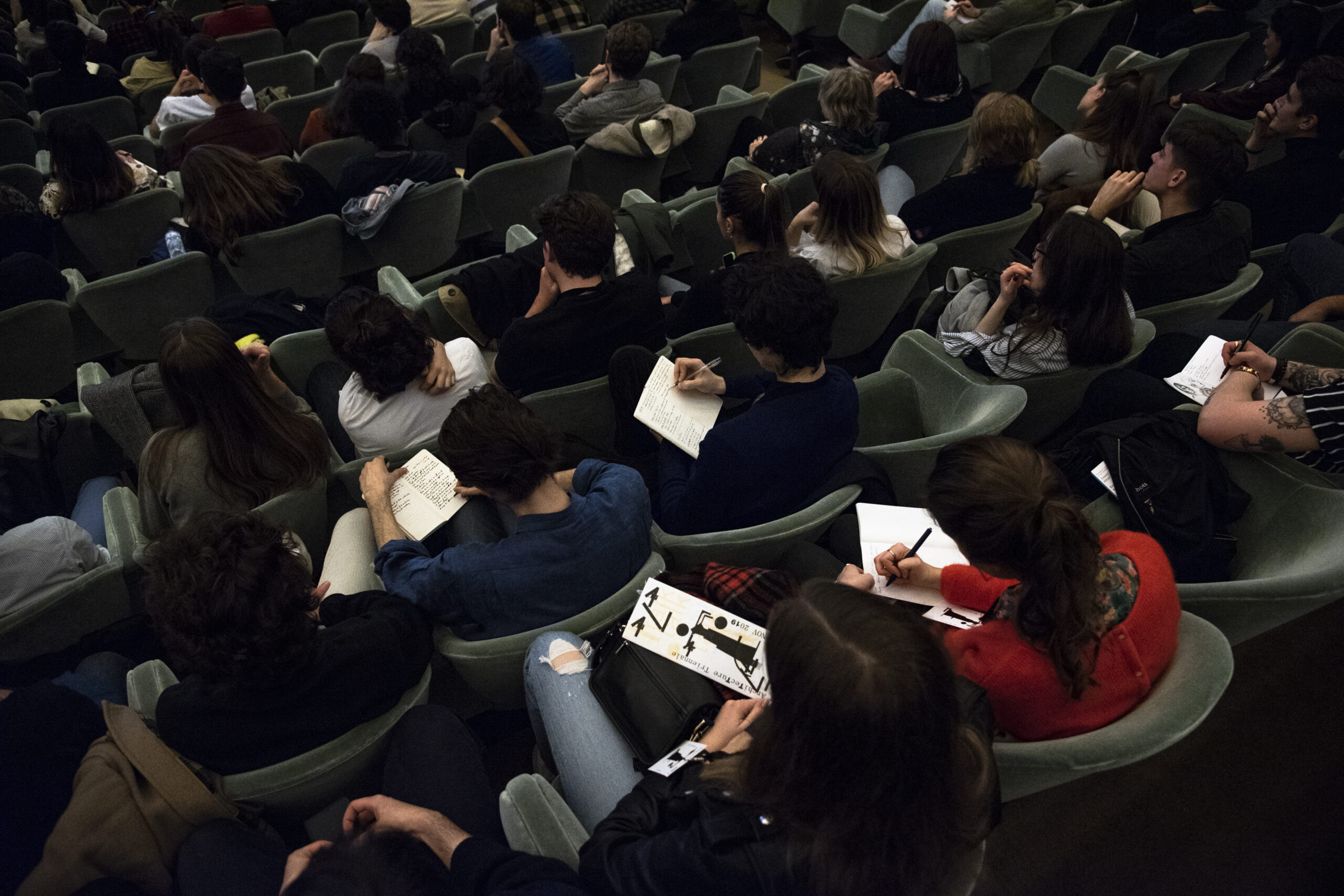
Terra focuses on the changing role of the architect
The Lisbon Architecture Triennale is currently on and presents a wide range of programmes under the theme “Terra”. The triennial consists of four exhibitions, four books, three awards, three days of conferences, and a selection of independent projects. Weekly visited the opening weekend.
Chief-curated by Cristina Veríssimo and Diogo Burnay, Terra incorporates a declaration of intent and a call to action. “This triennale is for everybody,” Verissimmo declared in her opening statement.
According to the curators, Terra proposes an evolution from the current fragmented and linear system model, characterized by an excessive use of resources, towards a circular and holistic system model, motivated by a greater and deeper balance between communities, resources and processes.
Terra suggests, according to Cristina Veríssimo and Diogo Burnay, that the future should be reassessed by intersecting and exchanging knowledge and practices capable of coexisting, contributing to a more sustainable future for the planet and all its inhabitants.
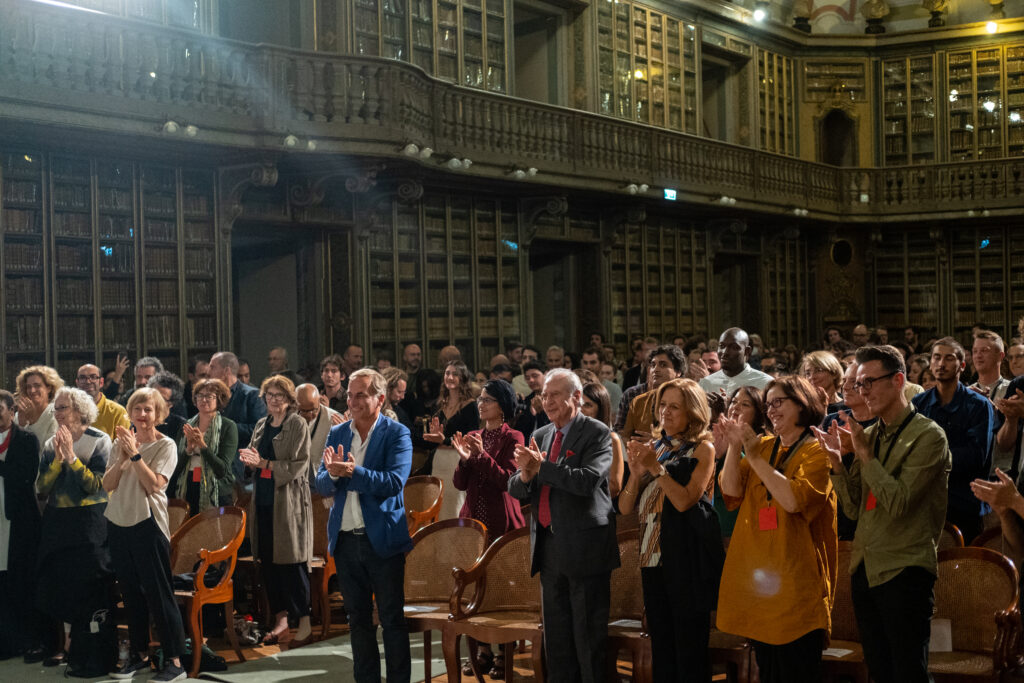
“Architecture can touch us to the ground, while also lifting us up.”
Cristina Veríssimo
Four main exhibitions engage in conversation from several perspectives
Taking place in MNAC, The National Museum of Contemporary Art, the Multiplicity Exhibition is curated by Tau Tavengwa and Vyjayanthi Rao. “How are design and architecture adapting to a period marked by unprecedented inequality, climate change, pandemics, and a demand to reconsider and rewrite the canon that defines them?” is the question posed the curators.
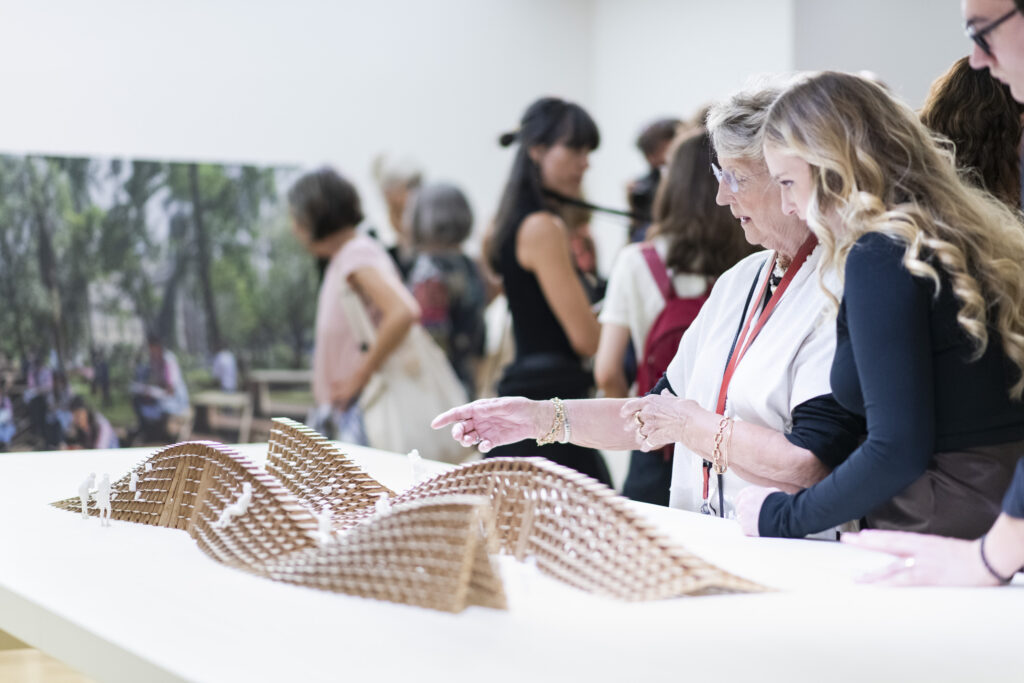
Multiplicity examines the contemporary structures where design and architecture operate. Arranged in five parts – Agenda, Appropriations, Systems (re-)Engineering, Manufacture/Acceleration and Knowledge-building/Research – the exhibition explores how these fields are evolving, amalgamating, and mutating in an era of profound global uncertainty.
By presenting practitioners and thinkers whose work redefines the scale of operation and methods necessary to tackle global challenges, the exhibition encourages us to explore how architecture is changing itself, its methods and self-perception, and its growing embrace of complexity while striving to retain relevance beyond a traditionally narrow understanding. Multiplicity, through video, models, artwork, photography, and drawings, charts that process. It explores how architecture and design are being called to respond to a world in multiple states of flux and whether these fields are rising to the challenge at both micro and macro scales.
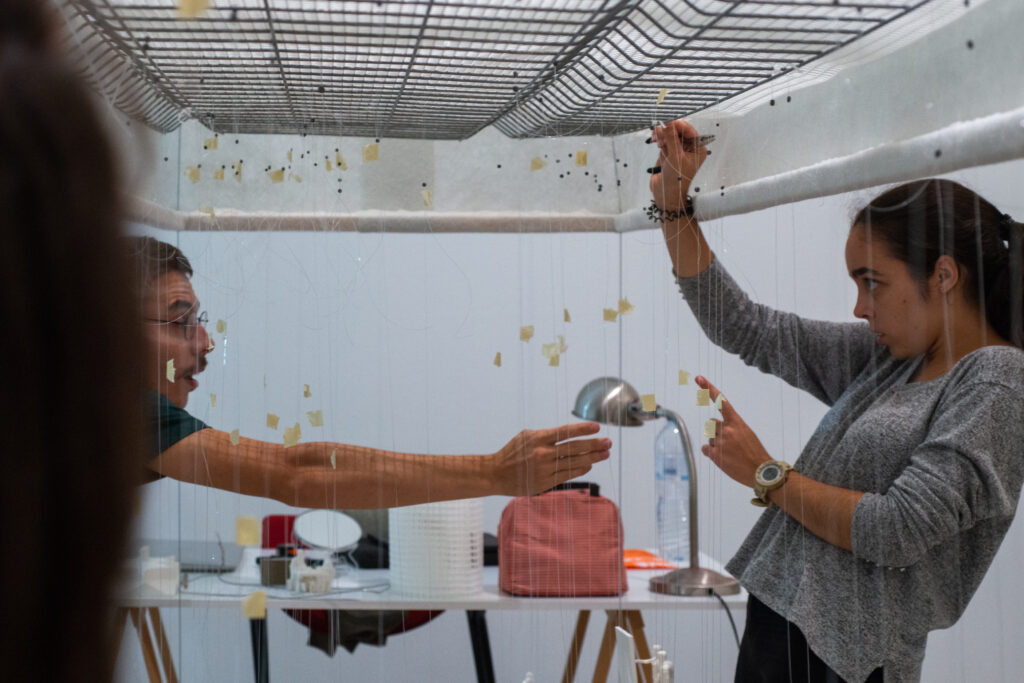
MAAT, the Museum of Art, Architecture and Technology gives the stage to another triennial main exhibition, Retroactive. Curated by Loreta Castro Reguera and Jose Pablo Ambrosi, the exhibition presents the broken city.
“The broken city, where one third of humanity dwells, desperately screams for the attention of architects. Self-reflective and retroactive infrastructures could become their best tool – they are an architectural typology to address the broken city, a suturing tool that celebrates their current existence, their distribution around the world, and their chances of becoming worthy dwelling spaces. The present and future of humanity are mainly urban. However, most of the fabric where such life is and will happen is either deteriorated or underserved. It is broken,” the curators state.
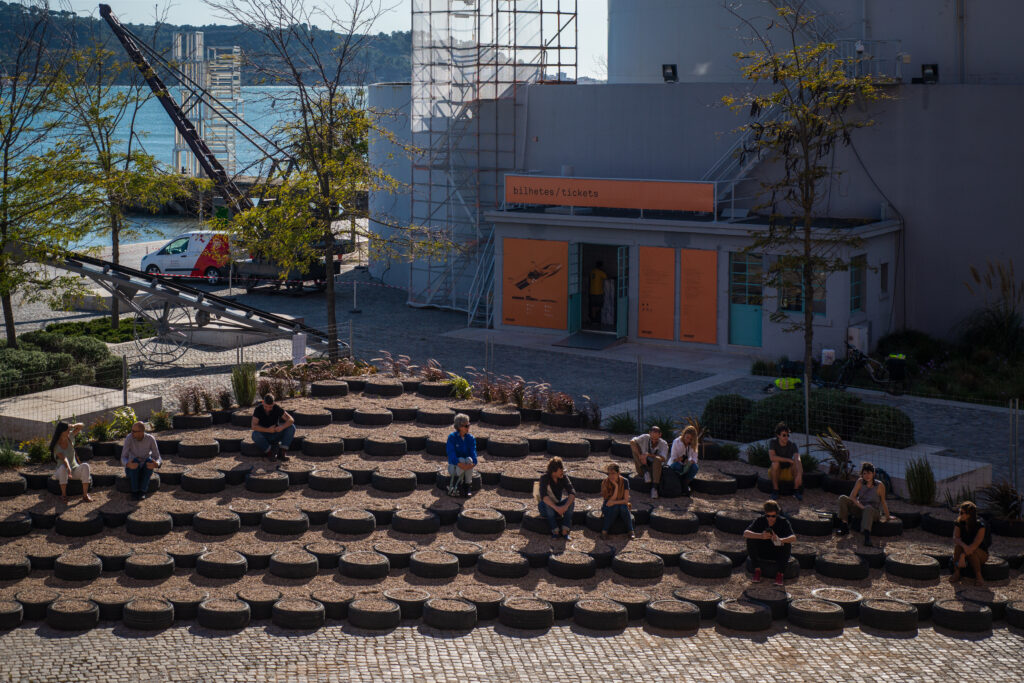
“Through this exhibition we want to awaken the interest of design professionals on the broken city and on the possibilities of intervening in it with projects that restore spatial dignity and belonging by structuring basic needs and services through the design of public facilities. These should reconcile different needs from various scopes by building a bond between people and their context. We name them retroactive infrastructures.”
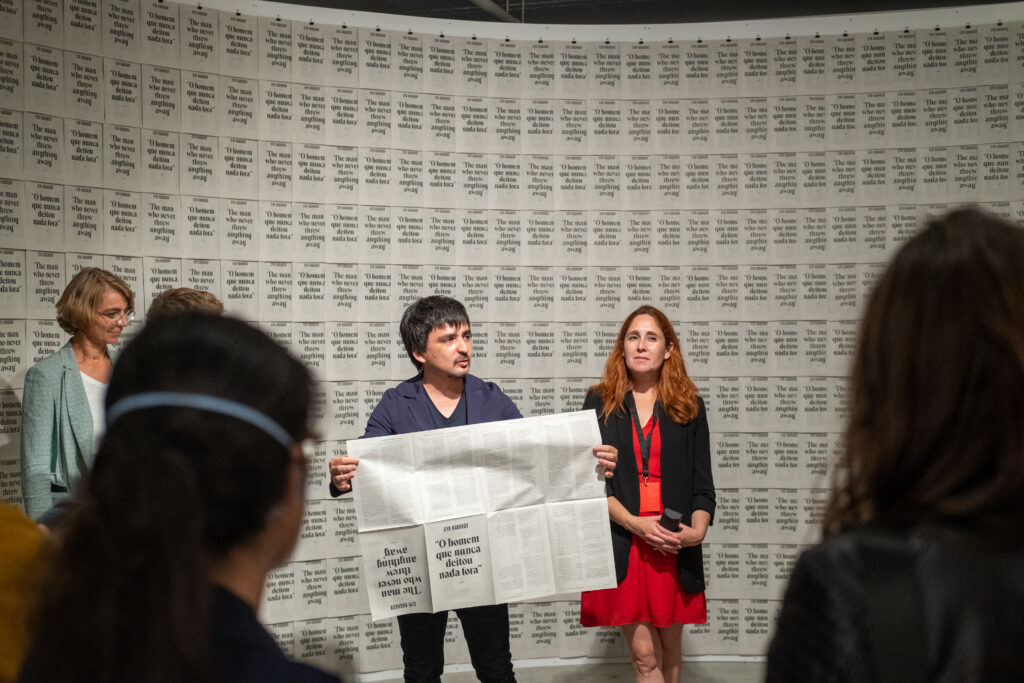
Pamela Prado and Pedro Ignacio Alonso are the curators of Cycles, an exhibition that presents material strategies in contemporary architectural practices that turn away from linear models towards the circular within contemporary architecture. By designing new Cycles for the distribution of matter, architects reluctant to throw things away open up enquiries into the past and the present of construction, its relation to the geopolitics of extractivism, and the futures of the building industry. This art of designing Cycles acknowledges the energy, the water, the human labour, and the carbon footprint originally embedded in the materials’ production, towards sustainability, economy, and memory.
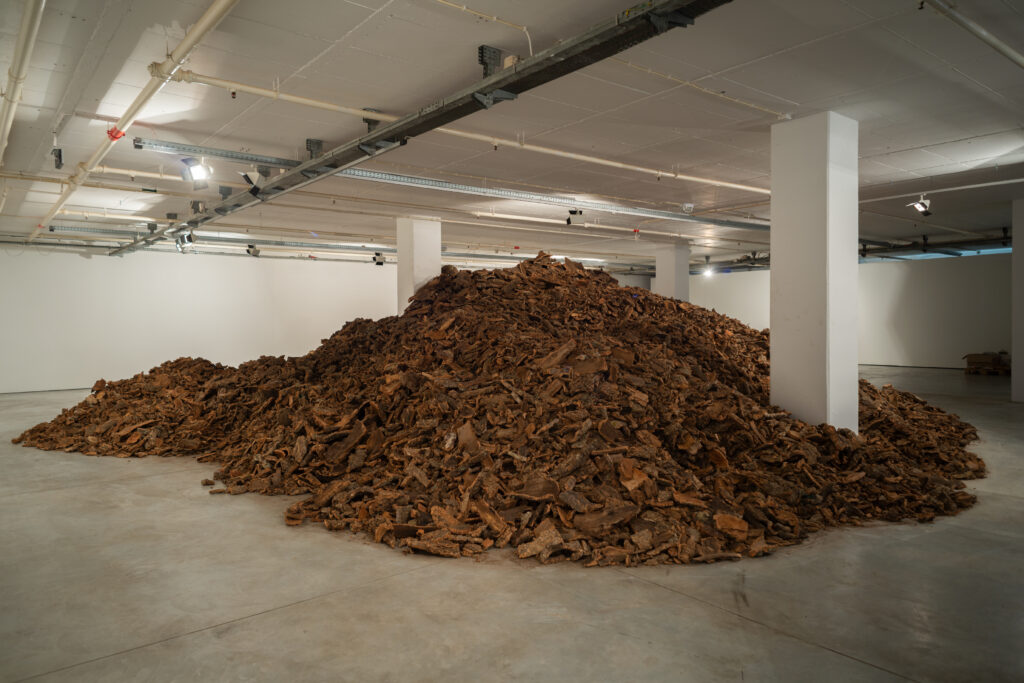
Whether a building is being built or dismantled is sometimes difficult to know. Before the organizing powers of architecture are activated through design, a building is no more than a formless accumulation of materials, piles of stuff that re-emerge when the given form is eventually demolished, becoming just weight in the realm of trash. These newly formed mounds of unorganized matter do, however, undergo a process of declassification and reclassification, from waste to recovered materials, when architects reluctant to throw things away design new cycles for them. In their hands, they become projects, the rebirth of something, loosening the borders between garbage and non-garbage, and between what is doomed to perish, and what will still struggle to live. Cycles takes place in Garagem Sul, the cultural centre in the Belem area of the city.

The fourth Exhibition, Visionaries, focuses on realized and realizable visions by architects, artists, designers, and scientists who aim to systematically change the world. Curated by Anastassia Smirnova in collaboration with the Experimental Architectural Office SVESMI, the exhibition calls for strong visions of the creatives. Russian-born Anastassia Smirnova is a designer and researcher, and a Scenographer by education.
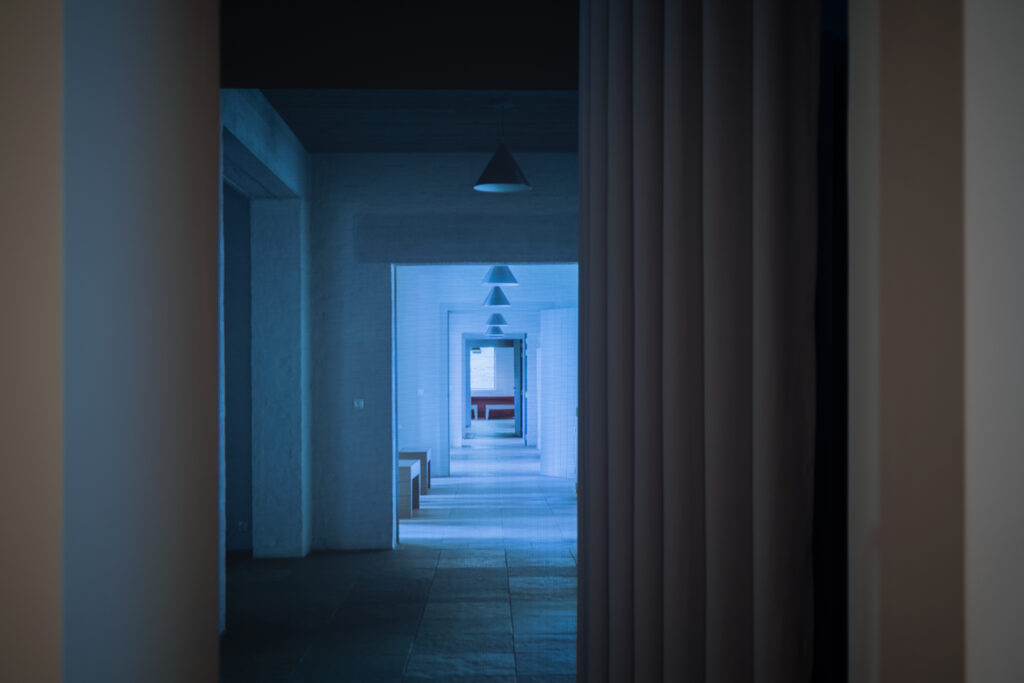
“Among our visionaries are those who try to impose an alternative order of things and design not just physical structures or objects, but ambitious, and, at times, controversial prescriptions for future action. We are interested in new models and prototypes that are not supposed to be simply replicated, but can be interpreted in multiple productive ways. All works are seen in the context of the current debate about planetary strategies. Each exhibit, in one way or another, responds to the challenge of design in the age of the next grand narrative,” Smirnova says.

All in all, the Lisbon Architecture Triennale programme is just as broad and deep and extended as one would expect. As well as the main exhibitions, the programme also includes an awards series, the Talks Programme, independent projects, as well as several publications.
The curatorial work has been a team effort, which was the result of a three-year-long collective exploration. The Lisbon Architecture Triennale managed to avoid all covid-caused harms – taking place every third year, the global lockdown time was now used for remote brainstorming and exchange of ideas – and the opening took place just as the world also opened up.

For some time now it has been evident that the field of architecture, too, is reaching towards other disciplines for changes in thinking. While our planet slithers from one crisis to another, our old solutions are no longer valid, and new ways of knowing and acting are required. New ones can only be found at junctions, at the edges of different disciplines.
Returning to the opening words of the Multiplicity Exhibition, all the statements and encounters of the opening weekend felt as if they were echoing a similar thought – we must all think more broadly. How is architecture changing itself and in the context of making and creating; how is the architect changing themself?
“Terra is an exchange of knowledge and practices that generously imagines a more sustainable future where new paradigms reinvent our ways of place-making on a globalized planet,” Verissimo and Burnay state.
A central meeting place for practitioners and academics alike, the Lisbon Architecture Triennale, like all international events, must now accept the challenge and keep the result-oriented conversation going.
Terra is a great start.